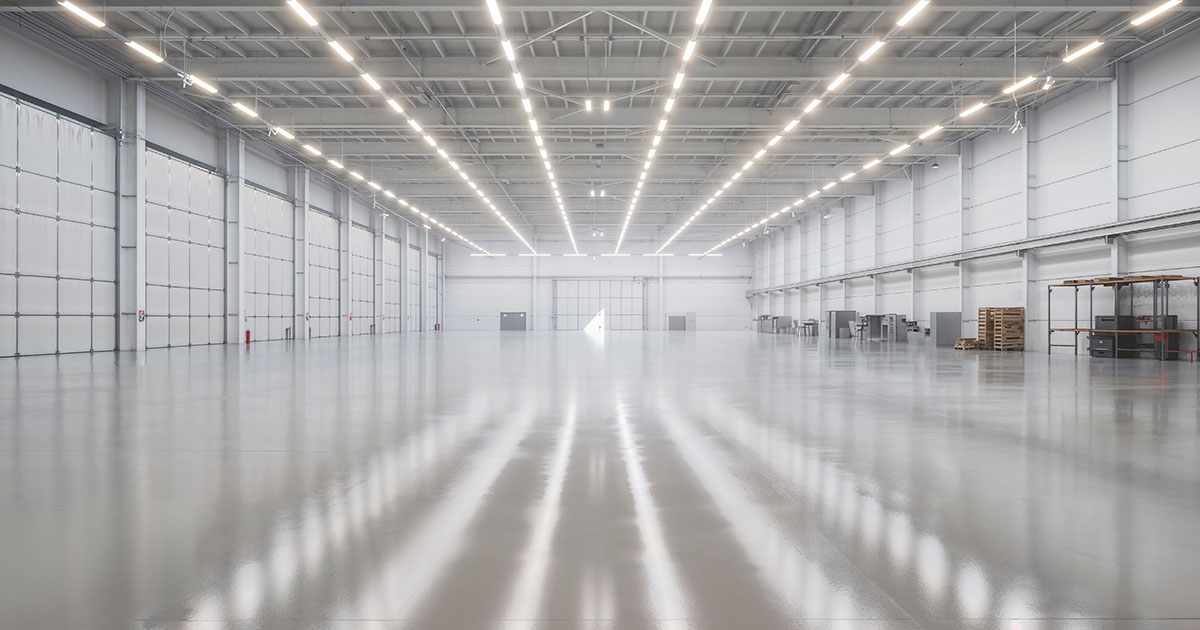Navigating the Last Mile: Insights from the Last Mile Industrial and Logistics Conference 2023

On October 12, 2023, logistics and warehouse specialists, developers, funders, planners and, notably, a commercial real estate and a construction lawyer from Forsters, converged at the iconic BAFTA venue in London for the Last Mile Industrial and Logistics Conference.
Dan Easom, my construction colleague, and I had the privilege of attending this informative event. We went with an aim of exploring the latest developments and challenges facing industrial and logistics in London and the South-East and, quite frankly, this one article will not cover half of what was discussed. We share some of the key takeaways from the conference.
State of the Market
Through the many graphs and figures that were shown and discussed, a key point to note was that occupier demand, although showing signs of cooling, continues to favour landlords. The real headline, however, is the aging infrastructure in London where a startling 65% of warehouse space is over 30 years old. Combining this with a notable drop in new construction projects compared to the previous year shows that this problem is not going to be alleviated any time soon.
Another emerging trend in the market is the growing importance of Energy Performance Certificates (EPCs). Occupiers are increasingly willing to pay a premium for A and B-rated buildings, reflecting the industry’s commitment to sustainability and the target for an EPC rating of B by 2030.
Planning for the Energy Infrastructure
An overarching theme of the afternoon was energy – how much do stakeholders need, where do they get it from, and, crucially, what to do with it one it is generated (can they sell or it or store it efficiently?). The electrification of vehicles, the rise of robotics in logistics and warehouse operations, and the proliferation of personal electric vehicles are driving up demand for electricity and this, in turn, increases the need to find practical solutions to solve energy creation and storage needs, let alone ensuring that necessary infrastructure (such as EV charging) is incorporated into developments.
The discussion around renewable energy sources, particularly photovoltaics (PVs), was robust. It’s puzzling that only 5% of warehouses have embraced PVs, given their cost-effectiveness, with the cost paid off within three years. The main hurdle appears to lie in obtaining permits to sell excess energy back to the grid, a bureaucratic process that is fraught with uncertainty. There was anecdotal stories of some developments having even been stalled due to these challenges.
The need to revise the planning process and eliminate restrictions on PVs and renewable energy installation became clear. Local authorities should incorporate energy plans into their development strategies, and the possibility of moving from a centralised power grid to localised grids was discussed. Such local grids, however, are unlikely to be feasible without advances in battery technology and planning ahead to ensure that there is sufficient space on site for the installation of such batteries.
Ultra-Urban Logistics
Navigating logistics in ultra-urban environments is a complex puzzle. Electric vehicles are a step in the right direction, but continuous innovation is imperative. The overarching theme is collaboration and data sharing. Comparable, industry-wide data should be collected and perhaps mandated, with the potential for machine learning applications to drive further improvements.
The idea of reducing door-to-door deliveries in favour of centralising spaces for local businesses was pondered. The West End’s unique property landscape poses limitations for installing such spaces, but this challenge must be addressed in both new developments and retrofits.
A powerful and memorable quote of the day was “the best logistics mile is the mile not travelled”. While ultra-urban logistics has its challenges due to the nature of the existing environments, choosing the right places to build warehouses and focusing on increasing efficiency and reducing unnecessary travel should provide for streamlined logistics and reduced carbon use for all stakeholders.
The conclusion? London urgently needs a comprehensive logistics plan, at the local and national government level, that focuses on logistics and warehousing site allocation, energy demands, and energy capacity.
Making it Sustainable and Maximising Space
Sustainability was a recurring theme, not only in terms of achieving net-zero carbon but also in addressing embodied carbon. The significance of steel and concrete emissions, responsible for 16% of global emissions, was highlighted. There’s a growing interest in traditional materials like bricks and timber, with lower carbon footprints and long-lasting qualities. While this might result in an increase in development costs, the status quo is unsustainable.
Properties that can cater to different types of occupiers is becoming a key consideration for developers. An easy way to provide for such varied uses such as robotics, logistics, vertical farming and film and tv studios is simply to try and maximise the space that is available, as more space allows for more flexibility and adjustability.
Vertical development and underground construction were discussed as ways to optimise space. However, while increased space might mean more flexibility, it was emphasised that these approaches should be demand-driven, requiring collaboration among occupiers, developers, and landlords.
Regardless of the approach taken, these ambitious ideas depend on reliable power sources (energy being a common theme throughout the day).
Creating a Logistics Pipeline
London’s historical stock of properties is a valuable but challenging resource. The task is to determine whether to demolish and develop, retrofit, or repurpose. The goal of achieving EPC rating B for all commercial buildings by 2030 further compounds the problem as it raises questions about the feasibility of retrofitting some of the historical stock.
Each property site demands a unique approach, considering the site’s specifics, location, and existing structures, but balancing financial and carbon costs is essential, as sustainability goals need to be aligned with the economic realities.
One key takeaway is that old doesn’t necessarily mean obsolete, provided it’s adapted thoughtfully to meet modern demands. Moreover, any new developments should be forward-looking, designed to accommodate future technological advancements and to withstand the test of time.
The themes mentioned above are explored further in our recent report – Outside the Box: Supporting an Industrial Evolution.


